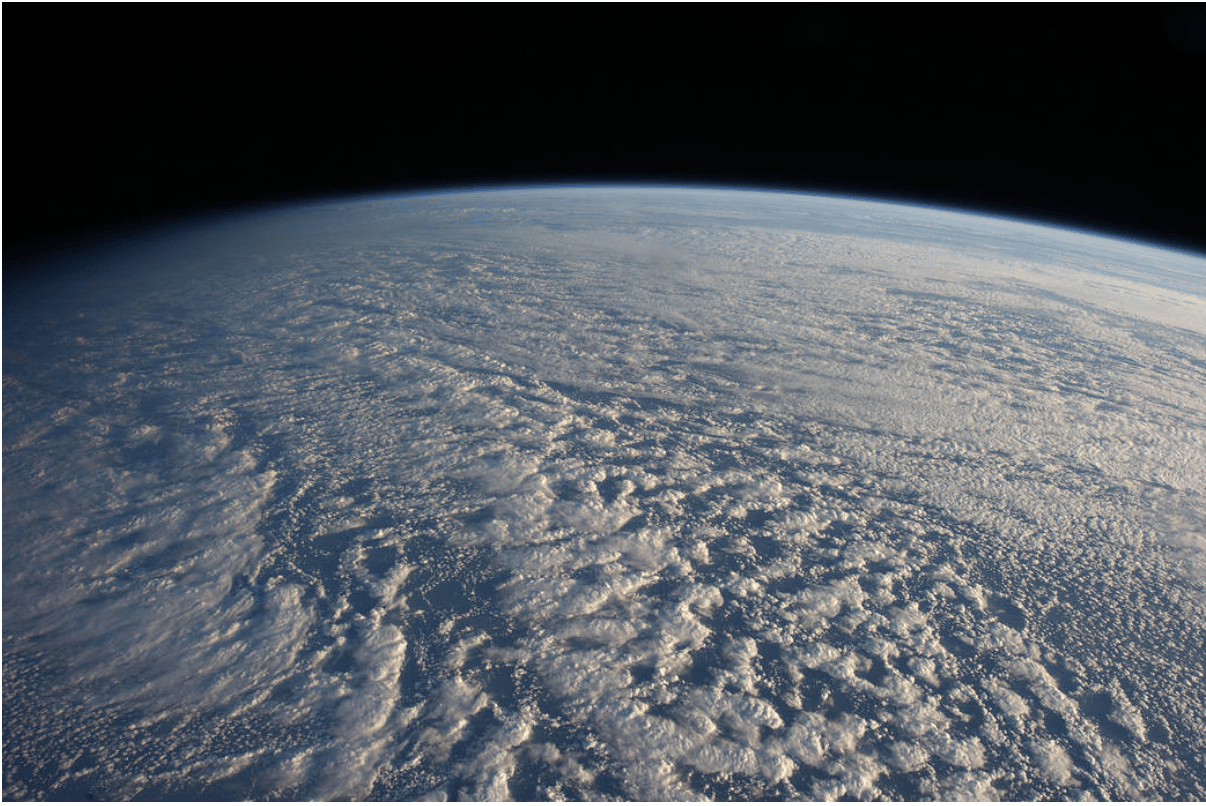As inhabitants of Earth, we all share a common home and a responsibility to protect it. That’s why NASA created the Global Learning and Observations to Benefit the Environment (GLOBE) program, which encourages people from all walks of life to learn about and observe their environment.
In this article, you’ll learn the important work of the Globe program and how it’s helping us understand and preserve our planet for future generations.
About the Globe Program
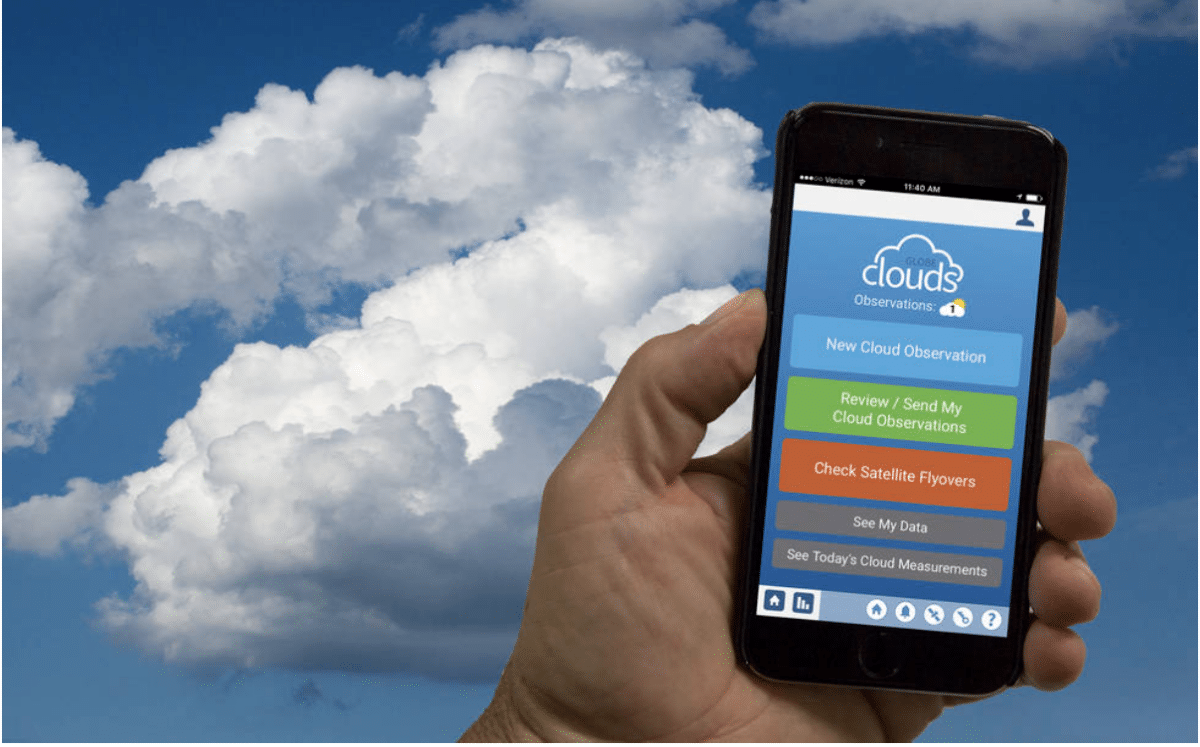
For over 20 years, NASA has been bringing together students, teachers, and everyday citizens through the Global Learning and Observations to Benefit the Environment (GLOBE) program. This worldwide project promotes science literacy and environmental awareness, and participation is entirely voluntary.
As part of the program, volunteers have the opportunity to study their environment while taking necessary precautions to ensure their safety. Local investigation reports are uploaded to the GLOBE database and can be accessed online by anyone for FREE.
During your local investigation as a Globe observer, NASA accepts submissions for any of the following tasks:
- Classification/Tagging
- Sample analysis
- Specimen/Sample collection
- Data entry
- Measurement
- Photography
- Problem-solving
- Geolocation
- Data analysis
- Site selection
- Identification
- Site description
- Learning
- Observation
NASA gathers observations from automated stations and uses them to create reliable resources for a variety of purposes such as education, scientific research, community planning, and technological development. These collections of data can provide valuable information for NASA’s satellite production, particularly in regards to cloud and soil moisture, and can also aid in the advancement of Earth surveillance technology.
Since 1995, the GLOBE program has collected over 145 million measurements from more than 10 million observers in over 110 countries. Initially, these GLOBE observers were exclusively students in school, but in 2016 the GLOBE program expanded its volunteer network to include people of all ages by allowing them to use the Globe Observer app.
The GLOBE program is supported and sponsored by several federal organizations in addition to NASA, including the National Oceanic and Atmospheric Administration (NOAA), the National Science Foundation, and the Department of State.
Concerned Areas of Investigation
You, as a citizen observer and member of the GLOBE program, help scientists studying the environment, students, members, and many others by providing your environmental observations. The GLOBE program currently only accepts observations on Clouds, Land Cover, Mosquito Habitats, and Trees, but there are plans to expand the scope of these data in the future.
1. Clouds
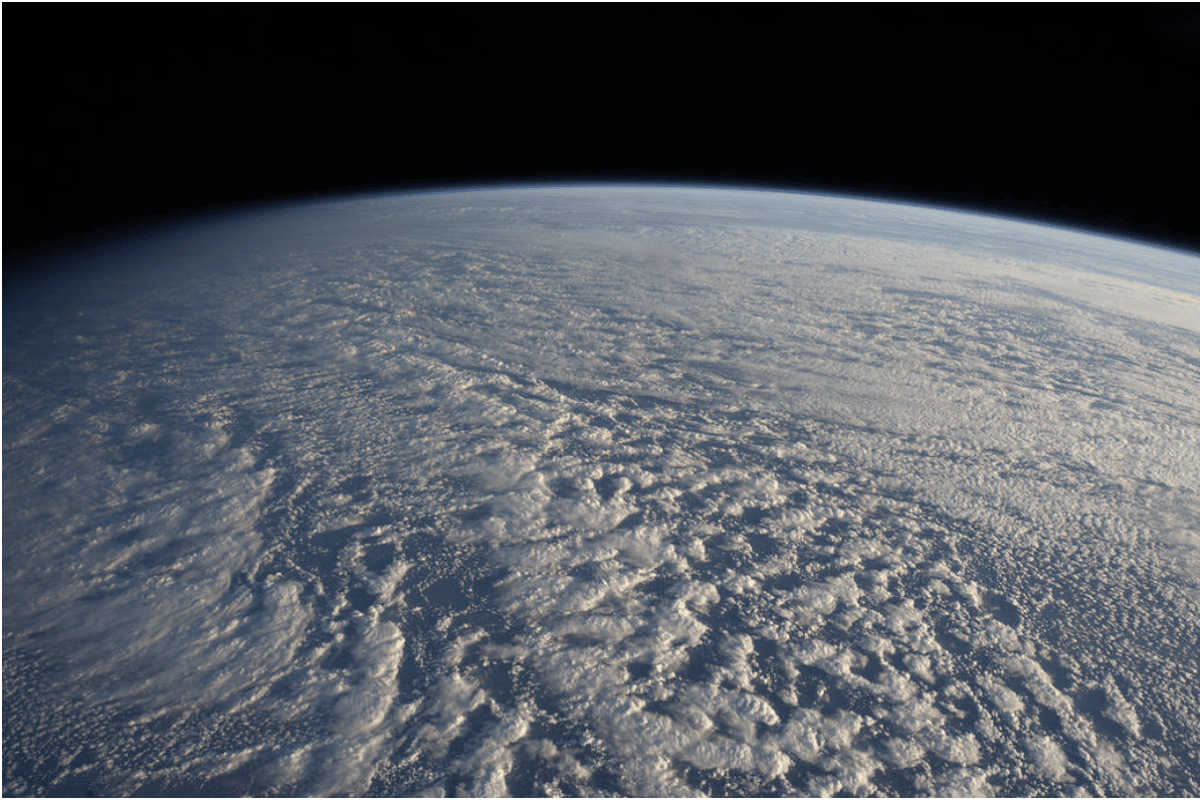
As a participant in the GLOBE Observer program, you can assist NASA scientists in studying clouds by taking and submitting photos of the sky through the Globe Observer app. The app’s clouds tool provides easy-to-follow instructions for making cloud observations and contributing to NASA’s research.
In addition to supporting NASA’s efforts, the GLOBE Observer Clouds app can also be a valuable resource for you to learn about cloud science and how NASA conducts its studies. You can even use the app to receive notifications when a satellite will pass over your location, allowing you to document the process. If you are a student researcher, you can use the cloud data submitted through the GLOBE program for educational projects.
To improve satellite observations, it is helpful to include your location and a report on current cloud conditions in your submissions. It is also useful to provide information on cloud types, visibility, and opacity, as well as clear sky pictures. The most important elements to include are your location and report.
For more guidance on providing valuable cloud observations, visit the Taking Observations page and explore the Resources Library.
2. Mosquito Habitats
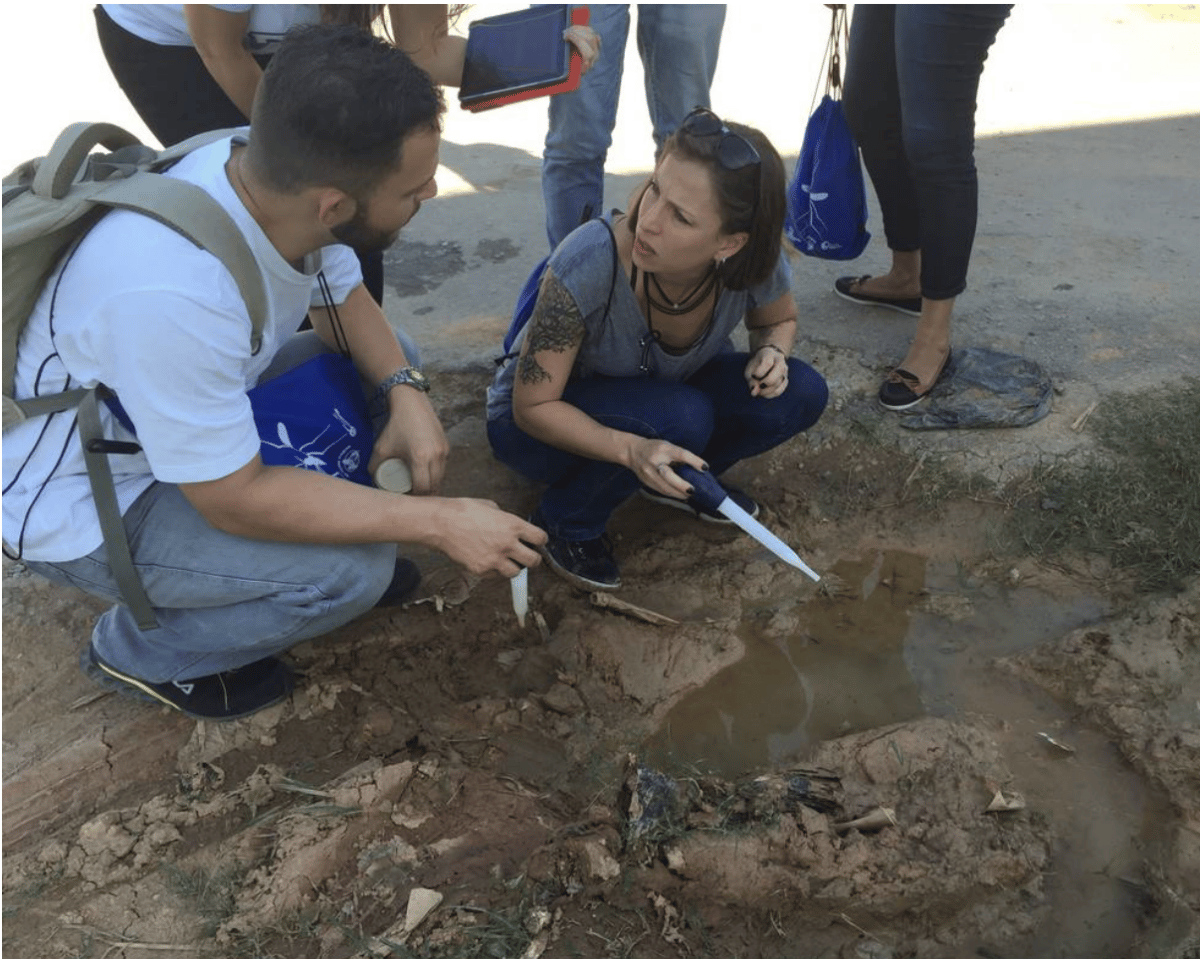
The Mosquito Habitat Mapper feature in the Globe Observer app allows individuals to report locations where mosquitoes breed, providing scientists with valuable information on mosquito habitats and types. This data, along with satellite data and computer models, can be used to predict and prevent disease outbreaks and other health hazards in affected communities.
By reporting on mosquito breeding habitats through the app, you can help protect your community’s health and contribute to research efforts. The World Health Organization’s world malaria report showed that there were nearly 250 million malaria cases and 620,000 recorded deaths worldwide in 2021, highlighting the importance of reducing mosquito populations.
Citizen scientists can also enhance their observations by examining and identifying the type of mosquito and larvae found in the reported habitats, although specialized equipment may be required. After submitting a report, NASA may ask for the habitat to be destroyed in order to prevent the spread of disease.
For more information on using the Mosquito Habitat Mapper, visit the Taking Observations page and consult the Resources Library.
3. Land Cover
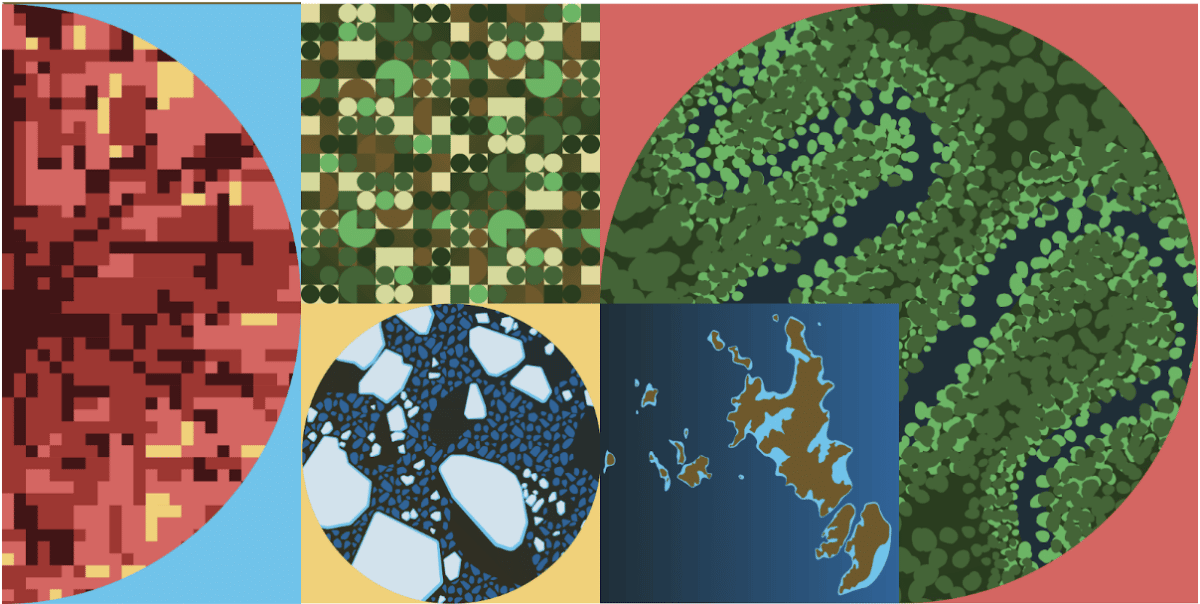
The Globe Observer app allows citizen scientists to contribute to NASA’s land cover mapping efforts by taking pictures of landscapes and identifying the type of land. Observers can also document changes in land cover over time and provide information on the process of these changes.
Detailed and up-to-date information on land covers is important for identifying areas vulnerable to natural disasters such as fires, floods, and landslides. Observations should include a comprehensive surface condition of the land, as well as photos of the land in all four cardinal directions.
Additionally, observers can compare their observations with existing satellite data and identify any differences. Land cover observations can also be used to identify wildlife territories and track climate change. While satellite maps provide a global overview of land covers, they may not show detailed information for small geographical areas. Therefore, adding local observations to global maps is valuable for land science and student research.
For more information on covering land observations, visit the Taking Observations page and consult the Resources Library.
4. Trees
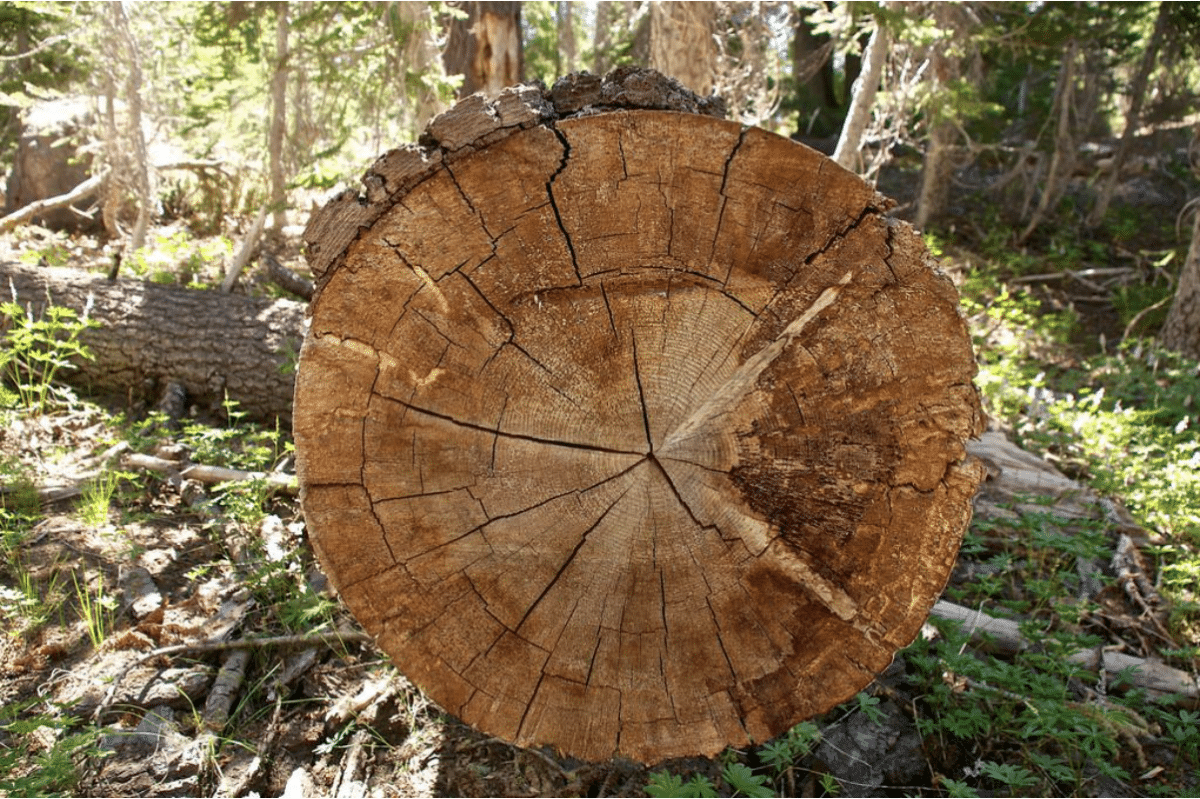
You can help NASA scientists track the growth of trees in your area by using the Globe Observer app to document the height of trees in your environment. To do this, simply select a tree and measure the angle between the bottom of the tree (your relative position) and the top of the tree.
You can also count the number of steps it takes to reach the bottom of the tree from your position. These measurements will allow you to calculate the tree’s approximate height without climbing it.
Additionally, you have the option of uploading photos of the tree and measuring its circumference to provide further assistance to NASA scientists. These extra details are optional, but they can help scientists understand the amount of carbon absorbed by trees in a specific area.
Tracking the gain or loss of biomass in trees and forests is important because trees absorb our carbon production and add oxygen to the atmosphere. By understanding the amount of carbon consumed by trees in a specific area and around the world, scientists can better understand the role of trees in our ecosystem.
Students can also use NASA’s reports on tree growth to conduct research and study tree science. You can find more information on providing land cover observations on the Taking Observations page and in the Resources Library.
Future Developments
It’s worth noting that the development of the GLOBE Observer app and its features is an ongoing process, with updates and improvements being made on a regular basis. Some potential future developments for the app could include:
- New measurement types: The app allows users to measure cloud cover, water quality, and land cover. It may be expanded in the future to include atmospheric and oceanic data.
- Improved data visualization tools: The app includes features for viewing and analyzing data through maps, graphs, and charts. These tools may be improved and expanded in the future to provide more detailed and interactive ways to view and understand collected data.
- Partnerships with other organizations or research initiatives: The tool collects scientific data as part of the international GLOBE Program. NASA may collaborate with other organizations in the future to further expand its reach and impact.
How to Download
The GLOBE Observer app is available for both iOS and Android devices. Make sure to download the correct version for your device. To download, follow the steps below:
- Open the App Store on your device (iOS) or Google Play Store (Android).
- Search for “GLOBE Observer.” The app should be developed by “NASA’s GLOBE Program.”
- Select the app from the search results and tap “Install.”
- Follow any prompts to complete the installation process.
- Once the installation is complete, tap “Open” to launch the app or find it on your home screen or app drawer.
How to Become a Globe Observer
The Global Learning and Observations to Benefit the Environment (GLOBE) Program is seeking volunteers to participate as citizen scientists. To join, download the GLOBE Observer App from the Google PlayStore or Apple Store, and create an account using an email address.
This app is available for all mobile users and is intended for citizens, teachers, and students in grades K-4 and above who are interested in understanding the relationship between humans and the environment, particularly as it relates to climate change, and working with NASA.
Related articles:

